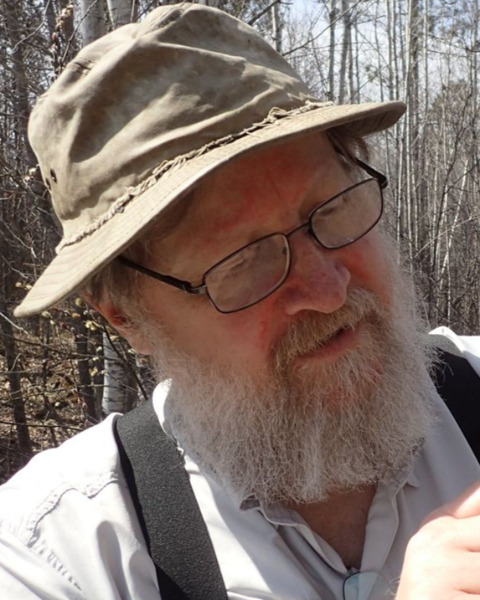Back
Contributed Poster
Session: Soil
PS 47-219 - Soil changes on upland forest sites at Itasca State Park (Minnesota, USA) after 55 years.
Wednesday, August 9, 2023
5:00 PM - 6:30 PM PDT
Location: ESA Exhibit Hall
- FC
Fiona Clark
Bemidji State University, United States

Mark R. Fulton, PhD
Professor
Bemidji State University
Bemidji, Minnesota, United States- WG
Wendy Greenberg
Red Lake Nation College, United States
Presenting Author(s)
Coauthor(s)
Abstract: In 1965, University of Minnesota forest ecologist, Vilis Kurmis, established a set of study plots in the upland forests of Itasca State Park. Kurmis was motivated by concerns about maintenance of iconic pine forests in the park, particularly with reference to removal of fire as a major ecological factor. The study consists of 30 sites, with 8 circular plots in each site, distributed throughout the park. In each plot he recorded tree DBH and species as well as understory vegetation. The vegetation has been re-measured every 5-10 years since 1965. At establishment of the study, Kurmis also carried out soil profile descriptions and laboratory analyses from two pits at each site. Changes in soils may relate to vegetation changes, and/or the activity of invasive earthworms, which influence soil characteristics by reducing thickness of O horizons and mixing organic matter with mineral soil.
The objectives of this study are 1) to observe changes in soils at Itasca State Park over the past 55 years, and 2) to understand how these changes may be related to earthworm invasion, loss of fire management, and changes in vegetation. We sampled soils to a depth of around 40 cm with a soil auger, close to the pits sampled in 1965, and performed lab analysis on organic matter content through loss on ignition. We also carried out 4 earthworm extractions per site using a mustard solution and preserved these for later identification. This poster is a preliminary report based on 11 of the 30 sites.
All sites had earthworms present; most of these sites had endogeic and/or anecic earthworms, the ecological groups associated with large effects on the distribution of soil organic matter. There was a statistically significant increase in depth of A horizons (paired t-test, d.f. = 21, p < 0.0001), and a statistically significant decrease in OM% (paired t-test, d.f. =21, p < 0.0001). There was also a negative correlation between the change in the A horizon depth and the change in OM% over the past 55 years (linear regression, d.f. = 20, R2 = 0.2646, p < 0.02). These results suggest that soils sampled so far at Itasca State Park have changed appreciably over the past 55 years, and these changes are consistent with changes wrought by invasive earthworms.
The objectives of this study are 1) to observe changes in soils at Itasca State Park over the past 55 years, and 2) to understand how these changes may be related to earthworm invasion, loss of fire management, and changes in vegetation. We sampled soils to a depth of around 40 cm with a soil auger, close to the pits sampled in 1965, and performed lab analysis on organic matter content through loss on ignition. We also carried out 4 earthworm extractions per site using a mustard solution and preserved these for later identification. This poster is a preliminary report based on 11 of the 30 sites.
All sites had earthworms present; most of these sites had endogeic and/or anecic earthworms, the ecological groups associated with large effects on the distribution of soil organic matter. There was a statistically significant increase in depth of A horizons (paired t-test, d.f. = 21, p < 0.0001), and a statistically significant decrease in OM% (paired t-test, d.f. =21, p < 0.0001). There was also a negative correlation between the change in the A horizon depth and the change in OM% over the past 55 years (linear regression, d.f. = 20, R2 = 0.2646, p < 0.02). These results suggest that soils sampled so far at Itasca State Park have changed appreciably over the past 55 years, and these changes are consistent with changes wrought by invasive earthworms.
